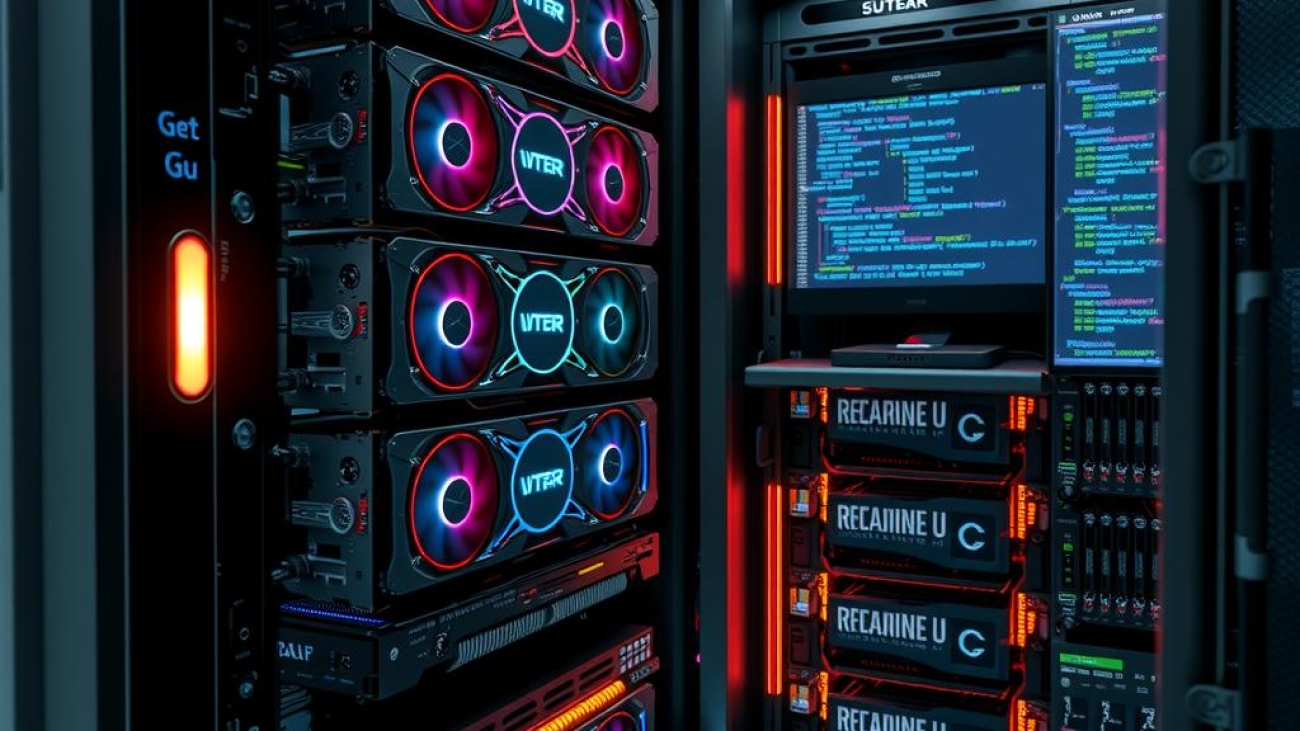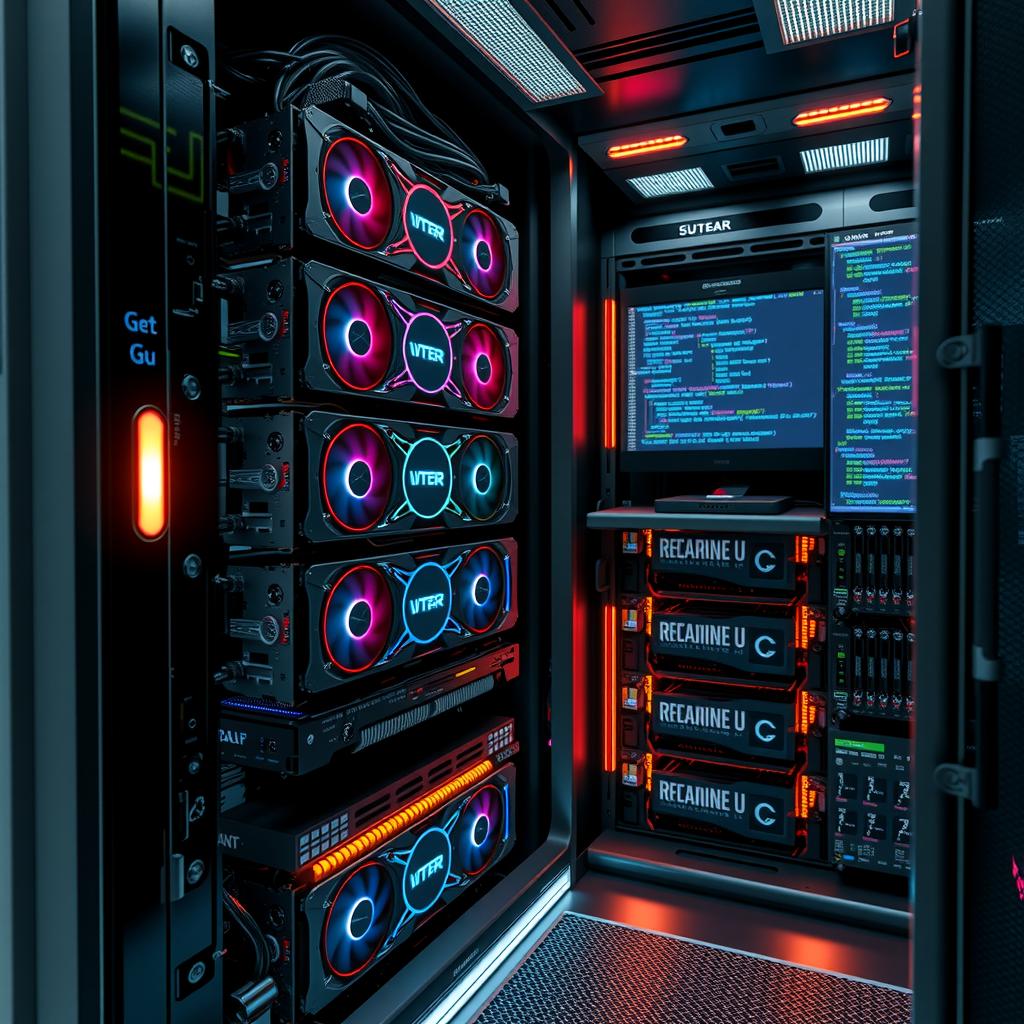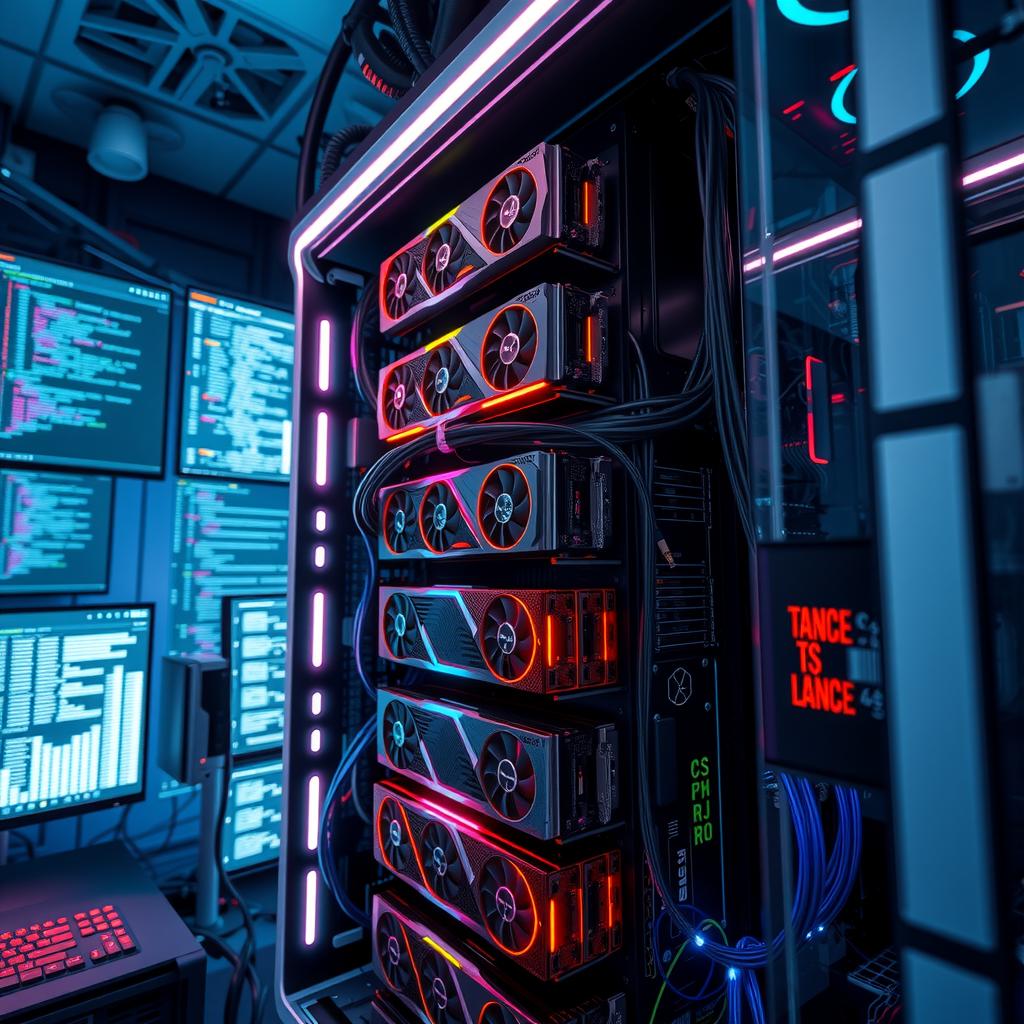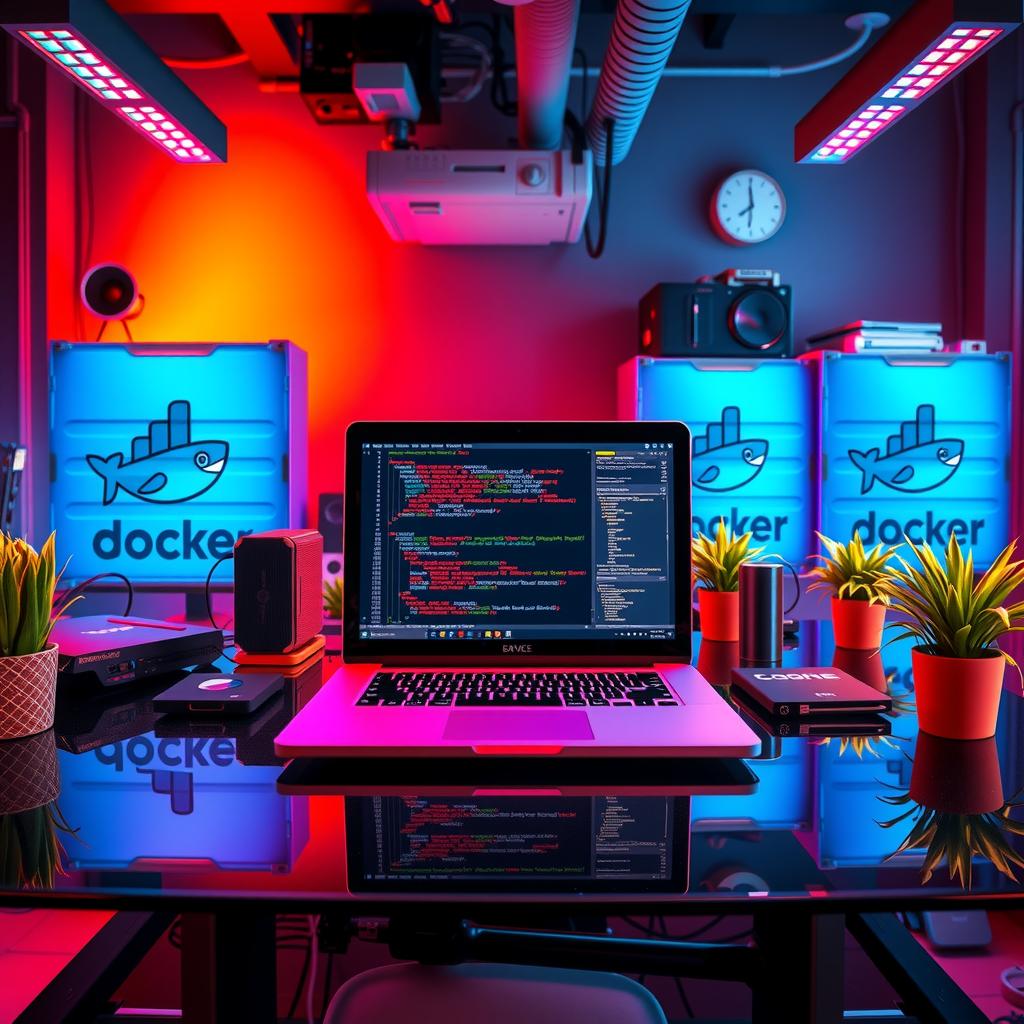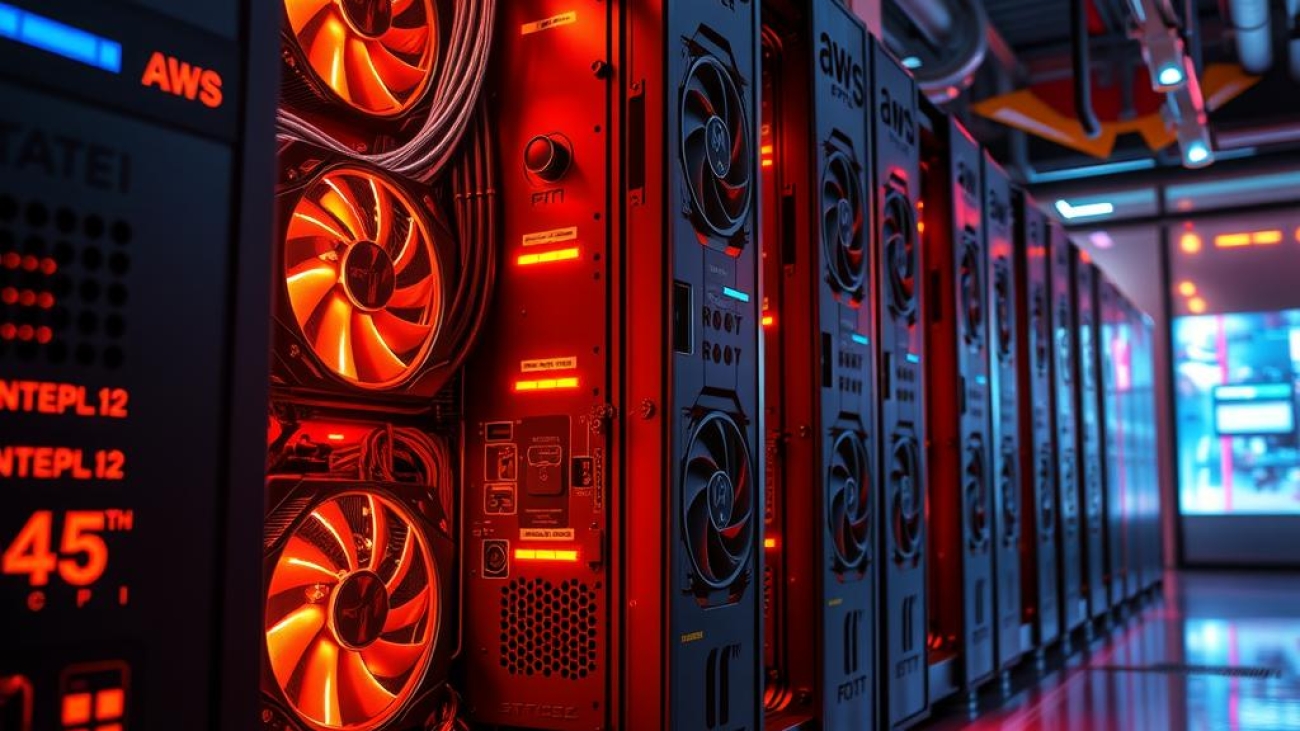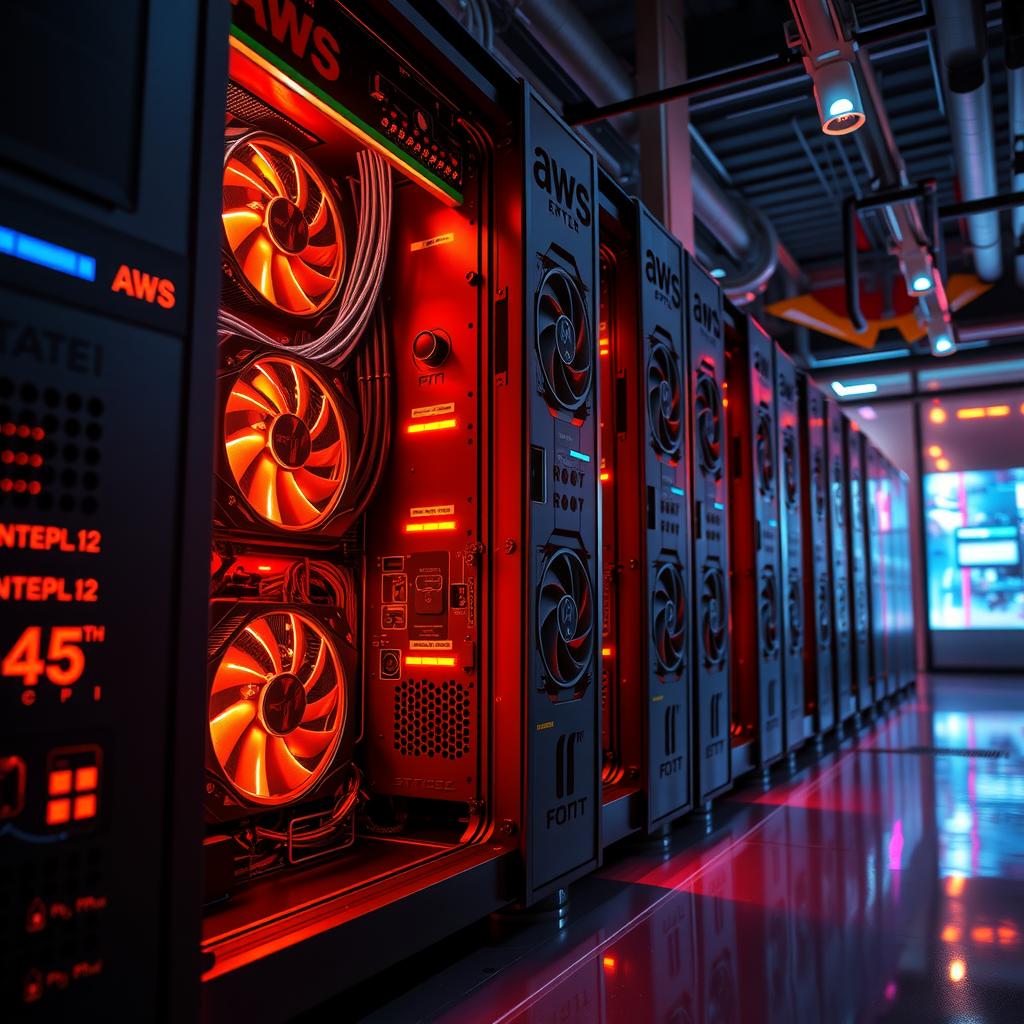In the rapidly evolving landscape of machine learning, practitioners often encounter a significant challenge: the management of ML models over time. As projects grow in complexity and scale, maintaining control over various iterations of models becomes critical to ensuring successful outcomes. The importance of robust ML model version control and comprehensive documentation best practices cannot be overstated; these elements are vital for fostering reproducibility in ML efforts and facilitating seamless collaboration among data science teams. Without effective strategies in place, organizations risk encountering issues such as confusion over which model is currently deployed, inconsistent performance evaluations across different environments, or even catastrophic failures stemming from outdated or improperly managed versions.
This article delves into essential techniques that can empower data scientists to navigate these challenges with confidence. By establishing clear version control strategies, professionals can not only keep track of changes made to their models but also easily revert to previous versions when necessary—an invaluable feature when experimenting with new algorithms or tuning hyperparameters. Furthermore, implementing structured machine learning documentation practices helps ensure that knowledge is retained within teams and mitigates the risks associated with personnel turnover.
The core value lies in adopting systematic approaches that prioritize both project organization methods and thorough model management techniques. Readers will discover how integrating practical tools for model tracking solutions enhances clarity around each project’s lifecycle while streamlining communication among team members involved at various stages—from development through deployment.
As we explore these pivotal aspects further, it becomes evident that embracing best practices for version control and documentation not only safeguards against potential setbacks but also elevates overall productivity within data science initiatives. With this foundation laid out, let’s dive deeper into actionable insights on how professionals can effectively implement these principles in their own workflows.

Key Insights:
- Establishing Naming Conventions: Clear and consistent naming conventions are vital for effective model management. By adopting standardized formats, teams can facilitate easier identification and retrieval of different versions of machine learning models. This practice supports better collaboration among data scientists, ensuring that everyone is on the same page regarding which version is being utilized in various projects.
- Integrating Automated Tracking Systems: Utilizing automated tracking systems significantly enhances version control strategies. These solutions provide a seamless way to monitor changes made to models over time, allowing teams to quickly access previous iterations when needed. This not only boosts efficiency but also reinforces the importance of reproducibility in ML, as it allows practitioners to replicate results with accuracy.
- Prioritizing Comprehensive Documentation Practices: Robust machine learning documentation plays a crucial role in preserving insights gained throughout model development. By maintaining detailed records of algorithms used, data sets applied, and adjustments made during experimentation, organizations create an invaluable resource that aids future projects. Such diligence in documentation best practices ensures clarity across diverse stakeholders while minimizing confusion around complex methodologies employed within their workflows.
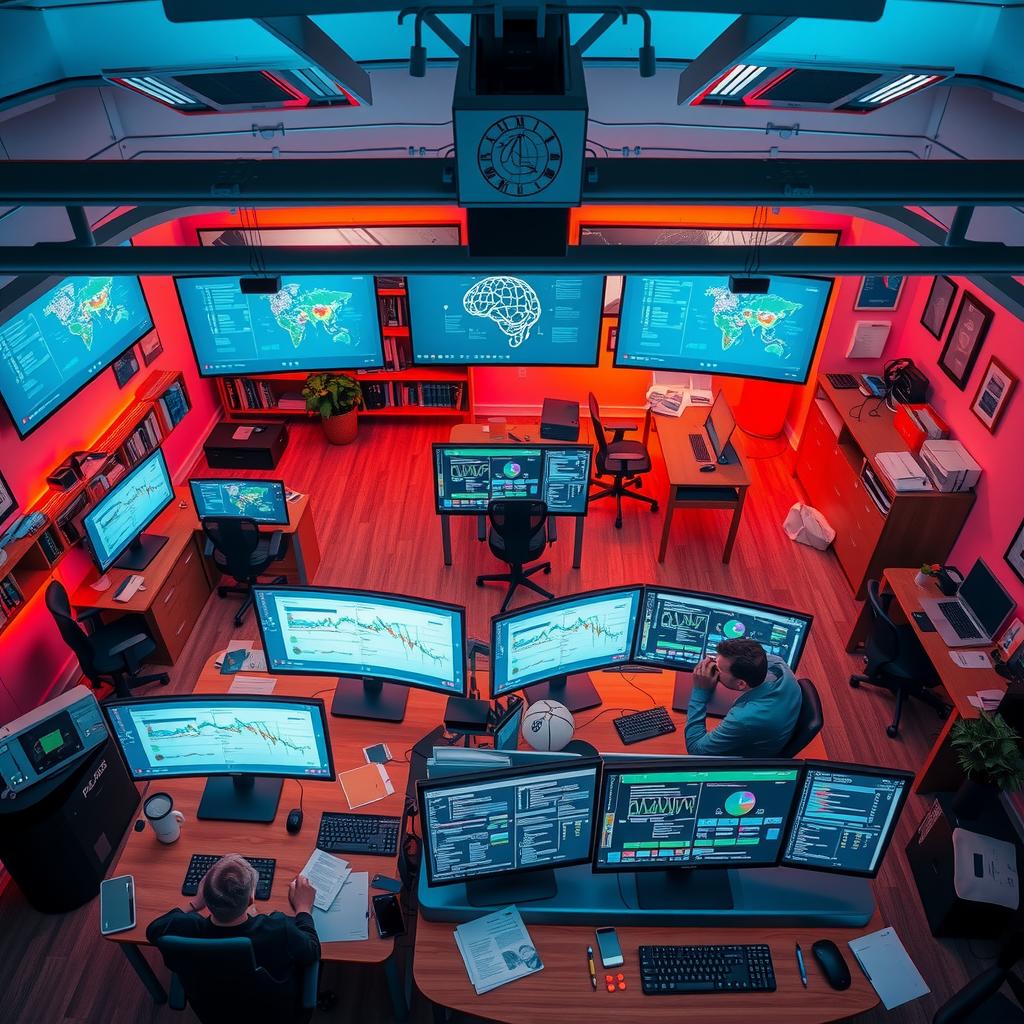
Understanding ML Model Version Control
The Essential Role of Version Control in Machine Learning
In the rapidly evolving field of machine learning, ML model version control emerges as a fundamental practice that significantly influences reproducibility and collaborative efforts among teams. By maintaining various iterations of models, data scientists can track changes over time, ensuring that every modification is documented and retrievable. This aspect is crucial for reproducibility in ML, where researchers must demonstrate that their results can be replicated under identical conditions. Without proper version control strategies, valuable insights may be lost or become obscured amidst numerous experiments.
Furthermore, effective documentation practices not only streamline project organization methods but also enhance communication within teams. When team members collaboratively engage with model management techniques, they foster an environment where knowledge sharing becomes second nature. This collaboration is vital given the often interdisciplinary nature of machine learning projects; engineers, data scientists, and domain experts need to harmonize their efforts to achieve optimal outcomes.
Employing structured version tracking solutions allows teams to compare different models side by side effectively. For instance, when testing various algorithms or hyperparameters on a dataset, having clear records enables practitioners to identify which configurations led to performance improvements or regressions swiftly. Such clarity minimizes confusion and accelerates decision-making processes—a critical factor in fast-paced research environments.
Moreover, integrating these practices into regular workflows supports better adherence to data science practices that prioritize transparency and accountability. As organizations increasingly rely on machine learning systems for critical business decisions—ranging from predictive analytics to automated operations—the implications of neglecting machine learning documentation are profound: errors may propagate unnoticed leading potentially impactful consequences down the line.
In summary, understanding ML model version control transcends mere technical necessity; it embodies best practices that uphold scientific rigor while fostering innovation through collaboration. By prioritizing comprehensive documentation alongside robust tracking mechanisms within ML pipelines, organizations set themselves up for sustained success amid an ever-changing landscape.
Best Practices for Documentation in ML Model Management
Streamlining Clarity and Efficiency through Effective Techniques
In the realm of machine learning, effective documentation is paramount to ensure smooth model management and reproducibility. By adopting robust ML model version control techniques, teams can prevent confusion arising from multiple iterations of models. One essential strategy involves implementing clear naming conventions that reflect the specific characteristics or purposes of each version. For instance, a systematic approach might include dates and brief descriptors in filenames, allowing team members to quickly identify relevant models based on their development stage or experimental focus. Moreover, consistent formatting across all documentation aids in creating a cohesive understanding among team members who may engage with various aspects of a project at different times.
The Role of Automated Tracking Systems
Enhancing Transparency and Organization
Automated tracking systems significantly contribute to better model tracking solutions by logging changes made during the development process. These systems not only record when updates occur but also document who made them and why they were necessary—crucial details that bolster transparency within teams working on complex data science projects. Implementing such automated tools ensures that modifications are traceable, thereby enhancing accountability while facilitating easier collaboration among diverse stakeholders involved in machine learning projects. This layered approach allows for more organized project management methods as well; it becomes simpler to navigate back through previous versions when debugging or analyzing results generated by earlier iterations.
Reproducibility: A Cornerstone of Machine Learning Practices
Ensuring Consistent Results Across Models
For any successful data science endeavor, reproducibility remains a cornerstone principle; however, achieving this can be challenging without well-structured documentation practices. By utilizing detailed change logs paired with comprehensive README files containing setup instructions and dependencies information related to different models, practitioners can effectively enhance clarity surrounding their methodologies. Furthermore, incorporating direct links between datasets used along with hyperparameter settings provides future users with precise guidance on how outcomes were attained—promoting reliability irrespective of when subsequent analyses are conducted or who performs them.
Project Organization Techniques for Better Collaboration
Fostering Team Communication Through Structured Approaches
To foster seamless communication among team members engaged in machine learning initiatives requires meticulous organization strategies designed around collaborative workflows—the backbone driving innovation forward efficiently within increasingly intricate projects today! Establishing centralized repositories where documents reside promotes easy access while ensuring everyone stays aligned throughout developmental cycles from conception until final deployment stages! Additionally employing standardized templates tailored specifically toward documenting experiments leads not just toward enhanced comprehension but boosts morale as contributors witness firsthand tangible evidence reflecting collective progress achieved together over time! In turn this cultivates an atmosphere encouraging ongoing input contributing positively towards overall success rates observed across varied applications encountered routinely across industries globally now!
Fostering a Culture of Accountability
Building Trust through Transparency in Data Science Teams
In the realm of data science, fostering a culture of accountability is essential for building trust and ensuring project success. One effective way to achieve this is through prioritizing thorough documentation and innovative tracking solutions. By establishing solid documentation best practices, teams can ensure that every aspect of their work is recorded meticulously, allowing for clarity in processes and decisions made throughout the project lifecycle. This practice not only aids in maintaining consistency but also enhances reproducibility in ML projects, as team members can refer back to well-documented procedures when needed.
Moreover, implementing robust version control strategies plays a pivotal role in cultivating accountability within data science teams. With proper versioning systems in place, such as those utilized to manage different iterations of machine learning models or datasets, team members are empowered to track changes over time effectively. This transparency allows for easy identification of who made specific alterations and why they were necessary—an essential factor when resolving discrepancies or understanding model performance variations.
Innovative model tracking solutions further contribute to this accountable environment by providing real-time insights into model performance metrics and operational status. These tools enable teams to monitor how models evolve with each iteration while maintaining historical context; thus facilitating discussions around improvements or regressions without ambiguity. In tandem with these methods, adhering to standardized project organization methods ensures that all pertinent information regarding experiments—from initial hypotheses through final results—is easily accessible.
The intersection between comprehensive documentation techniques and advanced tracking systems serves as the backbone for effective model management techniques within data science practices. When transparency becomes ingrained into the fabric of everyday operations—where each member understands their responsibilities related to documenting progress—the outcome is increased collaboration among scientists and engineers alike.
Trust flourishes when everyone on a team feels confident about sharing information freely without fear of misinterpretation or blame; therefore creating an open dialogue surrounding successes or failures becomes crucial. As such, organizations seeking improved outcomes from their data-driven initiatives should invest time into refining their approach towards both documentation efforts alongside state-of-the-art tracking capabilities aimed at enhancing overall efficiency while promoting responsibility amongst stakeholders involved.
As these cultural shifts take root within teams committed toward excellence through rigorous adherence towards good practices combined with cutting-edge technology solutions tailored specifically for navigating complex problems encountered across various domains—it ultimately leads not just toward heightened accountability but also builds stronger foundations upon which future innovations may thrive confidently moving forward together underpinned by shared purpose transcending individual contributions alone.
Frequently Asked Questions:
Q: What are the key benefits of implementing ML model version control?
A: Implementing ML model version control allows teams to efficiently track changes made to models over time, facilitating easy retrieval of previous iterations. This practice enhances collaboration and ensures that all team members have access to the latest updates, thereby improving overall project management and reducing potential confusion during development.
Q: How can organizations ensure effective machine learning documentation?
A: Organizations can ensure effective machine learning documentation by establishing clear guidelines for documenting every aspect of their ML projects. This includes detailed descriptions of data sets, preprocessing steps, algorithm choices, and evaluation metrics. By prioritizing comprehensive documentation best practices, teams create a resource that preserves insights and supports reproducibility in ML efforts across various projects.
Q: What strategies can be employed for better project organization in machine learning initiatives?
A: Better project organization in machine learning initiatives can be achieved through the implementation of structured naming conventions and automated tracking systems. These project organization methods help maintain clarity regarding different versions of models and datasets while allowing teams to easily navigate complex workflows. Utilizing innovative model tracking solutions further enhances efficiency by systematically recording changes as they occur within each project’s lifecycle.

